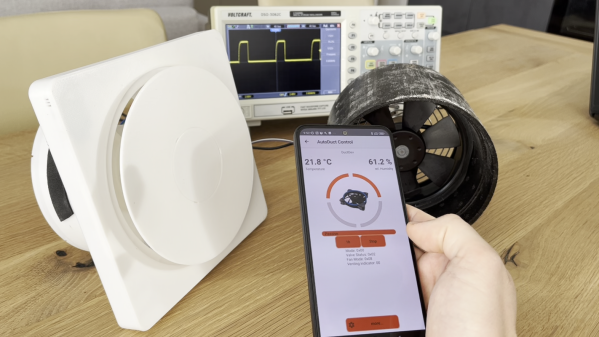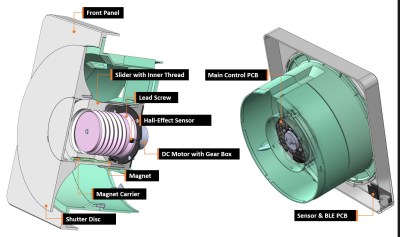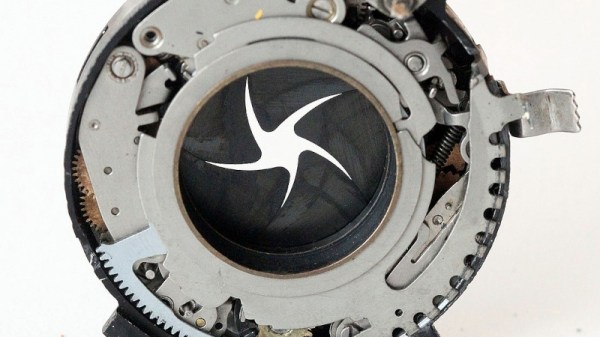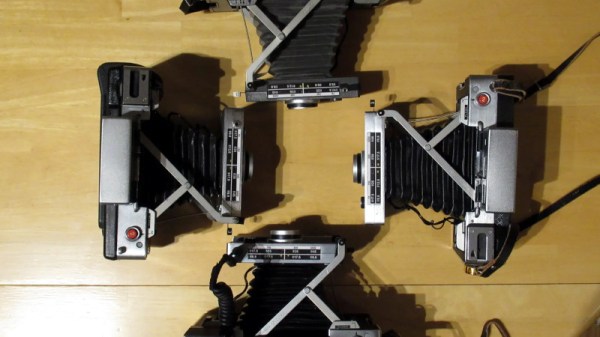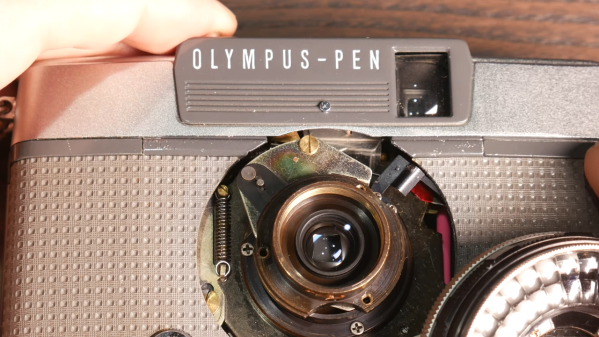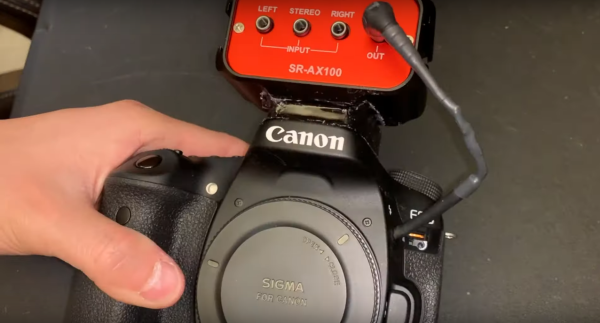If you’re into Soviet-era gear with a techy twist, you’ll love this teardown of a rare Zenit 19 camera courtesy of [msylvain59]. Found broken on eBay (for a steal!), this 1982 made-in-USSR single-lens reflex camera isn’t the average Zenit. It features, for example, electronically controlled shutter timing – quite the upgrade from its manual siblings.
The not-so-minor issue that made this Zenit 19 come for cheap was a missing shutter blade. You’d say – one blade gone rogue! Is it lost in the camera’s guts, or snapped clean off? Add to that some oxidized battery contacts and a cracked viewfinder, and you’ve got proper fixer-upper material. But that’s where it gets intriguing: the camera houses a rare hybrid electronic module (PAPO 074), complete with epoxy-covered resistors. The shutter speed dial directly adjusts a set of resistors, sending precise signals to the shutter assembly: a neat blend of old-school mechanics and early electronics.
Now will it shutter, or stutter? With its vertical metal shutter – uncommon in Zenits – and separate light metering circuitry, this teardown offers a rare glimpse into Soviet engineering flair. Hungry for more? We’ve covered a Soviet-era computer and a radio in the past. If you’re more into analog camera teardowns, you might like this analog Pi upgrade attempt, or this bare minimum analog camera project.
Continue reading “Behind The Lens: Tearing Down A Rare Soviet Zenit 19”


